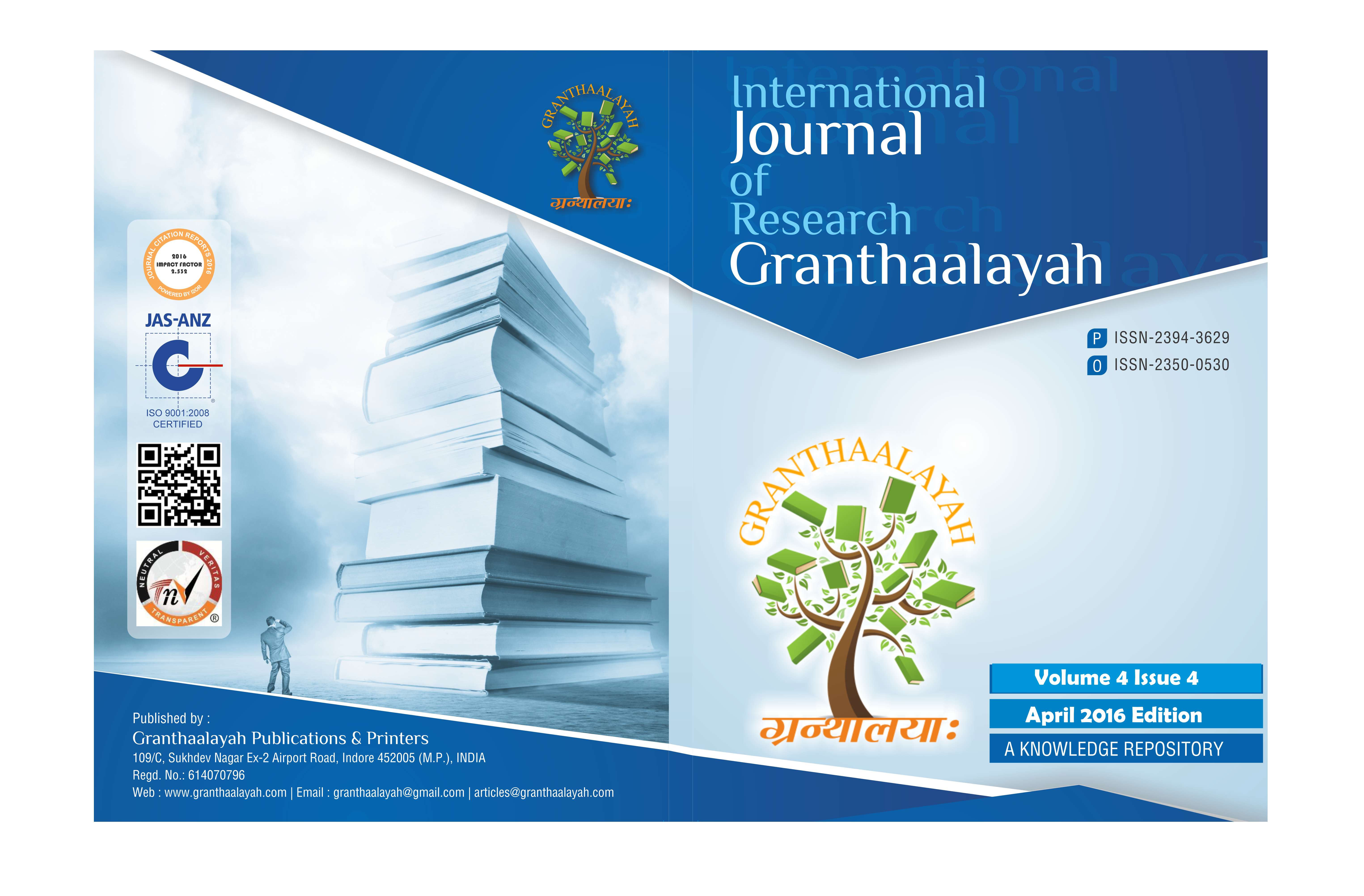CHARACTERISTICS AND ASSESSMENT OF STUDENTS WITH LEARNING DISABILITY
DOI:
https://doi.org/10.29121/granthaalayah.v4.i4.2016.2756Keywords:
Learning Disability, Learning Difficulties, Children, TeachingAbstract [English]
In every class there are probably some children with learning difficulties. Perhaps the child can-not learn to read fluently or may not be able to learn multiplication tables by heart. He or she may be slow at mental calculation or finds learning new motor skills problematic – there are many types of difficulties. During their career, every teacher meets several children for whom learning is laborious and even children who think that they cannot learn. Teaching these children is a challenge for the instructor. In fact, it is a challenge for the entire school. This article explain what are the characteristics of students with learning disability, how to identified the learning disability, assessment of learning disability and to guide them in helping students to overcome the challenges of learning difficulties.
Downloads
References
Alster, E. H. (1997). The effects of extended time on algebra test scores for college students with and without learning disabilities. Journal of Learning Disabilities, 30, 222-227. DOI: https://doi.org/10.1177/002221949703000210
Bennett, R. E., Rock, D. A., & Kaplan, B. A. (1987). SAT differential item performance for nine handicapped groups. Journal of Educational Measurement, 24, 44-55 DOI: https://doi.org/10.1111/j.1745-3984.1987.tb00260.x
Campbell, J.I.D. (Ed.) (2005). Handbook of mathematical cognition. New York: Psychology Press. DOI: https://doi.org/10.4324/9780203998045
Cole, M. (2005). Cross–cultural and historical perspectives on the developmental DOI: https://doi.org/10.1159/000086855
consequences of education. Human Development, 48, 195–216
Espin, C. A., &Sindelar, P. T. (1988). Auditory feedback and writing: Learning disabled and nondisabled students. Exceptional Children, 55, 45-51. DOI: https://doi.org/10.1177/001440298805500105
Downloads
Published
How to Cite
Issue
Section
License
With the licence CC-BY, authors retain the copyright, allowing anyone to download, reuse, re-print, modify, distribute, and/or copy their contribution. The work must be properly attributed to its author.
It is not necessary to ask for further permission from the author or journal board.
This journal provides immediate open access to its content on the principle that making research freely available to the public supports a greater global exchange of knowledge.

























